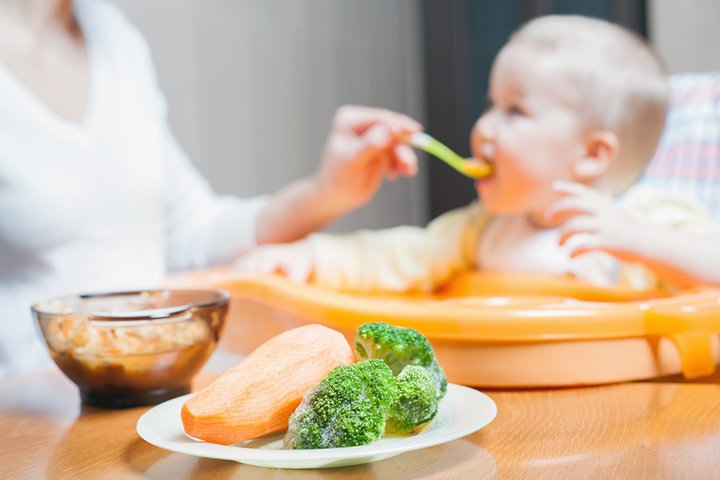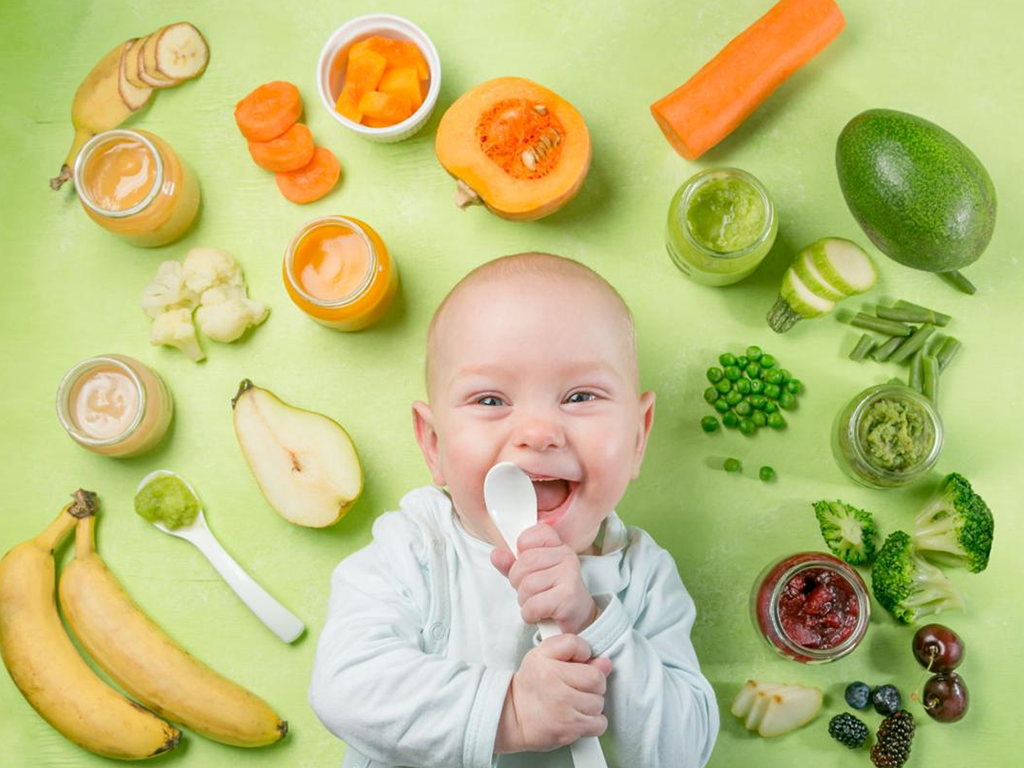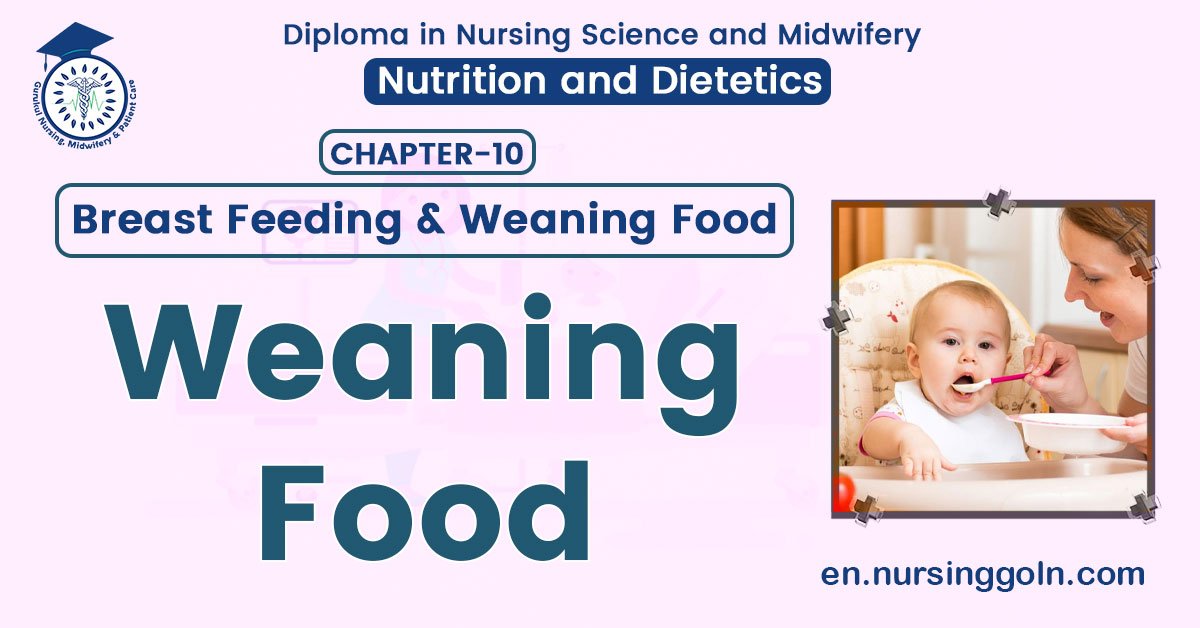Weaning Food – This book covers the entire syllabus of “Nutrition and Dietetics” prescribed by BNMC-for all Diploma in Nursing Science and Midwifery students. We tried to accommodate latest information and topics. This book is examination friendly setup according to the teachers’ lectures and examination’s questions. At the end of the book previous university questions are given. We hope in touch with the book students’ knowledge will be upgraded and flourished. The unique way of presentation may make your reading of the book a pleasurable experience.
Weaning Food
Definition of Weaning Food:
Weaning is a gradual process of withdrawing of a baby from breast feeding starting around the age of 4- 5 months and adding supplementary foods rich in protein and other nutrients.
OTHER DEFINITIONS – NICE TO KNOW
Weaning is the stage in which supplementary foods are included along with the breast feed. It continues till the child is completely off the breast feed.
(Ref: Molly Sam’s A text book of Nutrition for Nurses/24/102)
Weaning is the process in which an infant diet is gradually changed from a liquid diet to a cooked food. Breast milk alone is not sufficient for the growth of infants.
(Ref: Onila Salin’s Essential nutrition/1/66)
Weaning is the process of introducing foods other than breast milk to a child, and gradually increasing the amount, so that eventually the child gets enough energy and nutrients from ordinary family food.
(Ref: Nutrition for Developing Countries/24/123)

Stages of Weanings
Stage 1: The baby gets almost all nutrients from breast milk but starts other foods. These first foods must be specially prepared so that they easy for the baby to eat. They are called “weaning foods”.
Stage 2: The child continues to get the same amount of breast milk and he gets increasing amount of other food” The type of food slowly changes from soft weaning foods to the usual family foods.
Stage 3: The child takes slowly decreasing amounts of breast milk and eats increasing amount of family foods. Weaning is completed when a child gets all her nutrients from family foods.
Risk of Weaning to Early:
1. Short-term risk:
- May cause diarrhea and malnutrition because the digestive system of the child may be not fully developed to digest the weaning foods.
2. Long-term risk: Obesity, hypertension, arteriosclerosis, food allergy
Six Months is the Best time to Start Weaning Because:
1. By the age of 6 months, many children cannot get enough energy and nutrients from breast milk alone.
2. Most babies now need more energy and nutrients than breast milk alone can provide. They need other food as well.
3. After the age of 9 months babies are less willing to try new tastes and new foods.
4. By the age of 6 months baby’s gut can digest most of the foods that the rest of the family eats.
5. Before the age of 4 months, a baby cannot easily digest other foods, for example, starch.
Good Weaning Foods Need to Be:
1. Rich in energy and nutrients.
2. Clean and safe.
3. Soft and easy to eat with enrich the bulky food.
4. Easy for a family to obtain.
5. Easy- to prepare & easy to digest.
Principles of Weaning Food:
1. Breast milk is sufficient only for six months
2. For the satisfactory growth and development weaning food is essential.
3. Food provide to the infants should be tasty.
4. Provide variety in food.
5. Prepare food hygienically.
6. Infant should intake adult meal by one year of age.
7. First food to be introduced should be a cereal food.
8. Start one food at a time.
9. Continue breast-feeding after feeding weaning diet.
10. Supplement diet with vitamins and minerals to meet the nutritional requirements.
11. Fibrous material should be avoided
Importance/Purpose of Weaning Food:
This is necessary for-
1. Normal growth and development of infant.
2. Regular increase of weight.
3. Prevention of diseases e.g., marasmus, kwashiorkor.
4. It helps child in getting introduced to different taste.
5. To maintain good health of the infants.
Danger of Inadequate Weaning:
Weaning period is the most crucial period in child developments. If not done properly there is chance of:
- Nutritional disturbance – specially PEM
- Growth failure.
- Infection – Specially Diarrhoea.
- Psychogenic: trauma when weaning is abrupt.

Introduce of New Foods:
1. If a baby refuses to take a new food, leave it for a few days & try again. Mix the food with another food, the baby likes squeezes a little breast milk on the food.
2. If the food seems to make the baby sick, leave it for a few days and try again, if the baby is baby is sick again leave it until the baby become older.
Supplementary Food or Weaning Food:
1. Usual familial diet.
2. Soft cooked rice
3. Cereals
4. Pulses
5. Shuji
6. Smashed potato and vegetables.
7. Cow’s milk
8. Fruit juice.
9. Hotchpotch
Factors to be considered while weaning:
1. The infant should become familiar with foods before giving new one.
2. One food at a time should be introduced so that the child could grow tolerance.
3. Consistency should be very thin and should not contain fibrous material.
4. Any new food should be initially offered once a day in small amount (1-2 TSF) food is frequently pushed out by the tongue rather than back because the baby cannot yet swallow well. This should not be interpreted as dislike to the food.

Good Weaning Practices:
1. As a general principle, a single wearing food is added at a time in small quantities, the quantity is increased gradually, followed by the second weaning food after some time (1-2 weeks)
2. Gradually increase the amount of food given each day but does not force the baby to take more than be accepts.
3. Increase the number of times that the foods are given so that the baby gets five or six feeds a day” This can be done gradually over a period of a few weeks.
4. Introduce the baby to new foods each week so that he will develop a liking for different kinds of foods.
5. Gradually increase the number of foods which are added to the basic cereal mixture.
6. Weaning can be, started with mashed ripe banana, as it is easily accepted.
7. Within a week, the infant is put on cooked rice and pulses (or on gruel and pulses). Shortly thereafter khichuri (prepared from rice, pulses and vegetables; oil is added afterwards) can be given.
8. Fish, egg, meat. ete should be introduced one after another later. In case of egg, yolk will be given first.
9. The whole process of weaning should be gradually completed by 9 months to 1 year of age when the child should be taking almost the adult diet.
Bad Effects of Weaning:
1. Underweight: Ingestion or less quantity of feed and less concentrated feed could lead to underweight babies. Frequent illness and repeated diarrhoea and lead to weight loss. Symptoms are irritability, excessive crying failure to sleep, constipation.
2. Allergy: The food generally found allergic is wheat, milk, certain fruit juices and meat/fish etc.
3. Obesity: Too early and excessive quantity of feed-and concentrated feeds lead to overweigh infants. Generally the weight would be much more than the required- weight for the specific age. Diet containing too high fat or carbohydrates and too frequent feeds can produce obesity.
4. Diarrhoea: Acute diarrhoea is the major cause associated with morbidity in infants during weaning. This could be associated with indigestion when wearing food is introduced too early; then in the digestive tract, there is lack secretion of digestive enzymes which could cause diarrhoea and also unhygienic feeding conditions like unclean bottles, or plates may cause diarrhea.
5. Regurgitation and vomiting: Bringing out small quantity of swallows food is called regurgitation or spitting up. During first 6 months this is a natural event. It can be reduced by adequate burping, during and after feeding.
6. Constipation: It is practically unknown in breastfed infants. It is due to insufficient feeds in artificially feed babies. Simply increasing fluids or sugar may be the consecutive measure.
Model Weaning Menu:
| Time | Menu |
| 6.00 AM | Milk with sugar or jaggery 100 ml one teaspoon |
| 8.00 AM | Porridge with 2 spoons extra proteins and 1 spoon oil (well mixed). Sugar 2 tea spoon. |
| 10.00 AM | Fresh fruit such as banana, guava, tomato, papaya or mango. |
| 12.00 PM | Well cooked rice or other staple foods – 15 to 100 g Boiled egg – 1 Fish or meat and mashed dhal 2 Tablespoons dark green leafy vegetables boiled 3 to 4 Tablespoons Ghee or-oil well mixed in the food. |
| 3.00 PM | Pulse or nuts roasted or boiled – 25 g Milk with sugar or jiggery – 100 ml Sugar 1 teas spoon. |
| 7.30 PM | Meal similar to 12 noon meal |

Read more:
